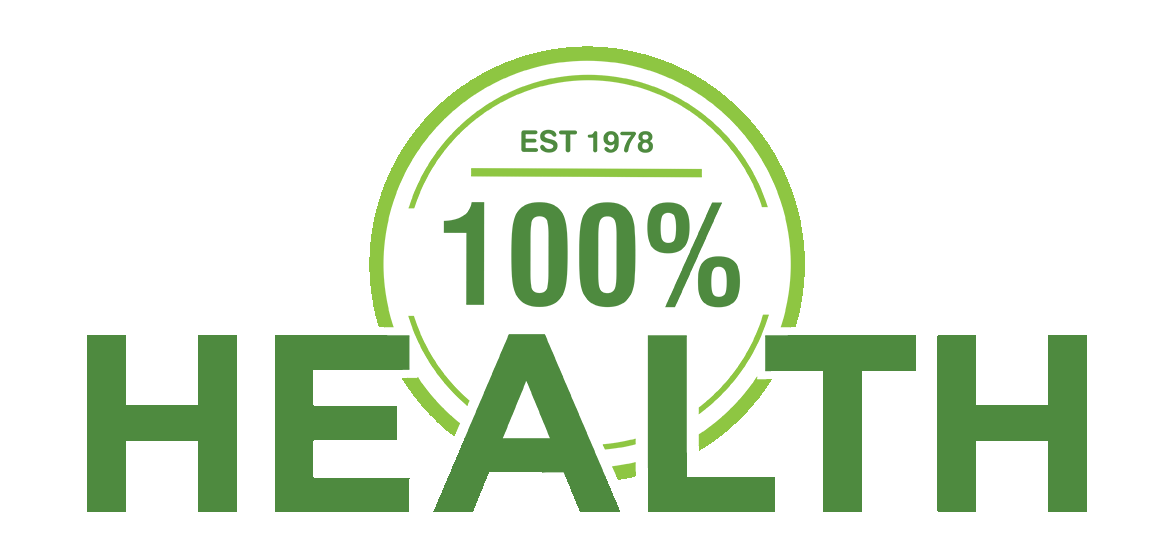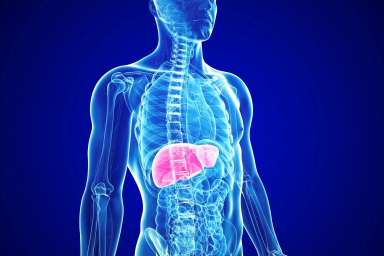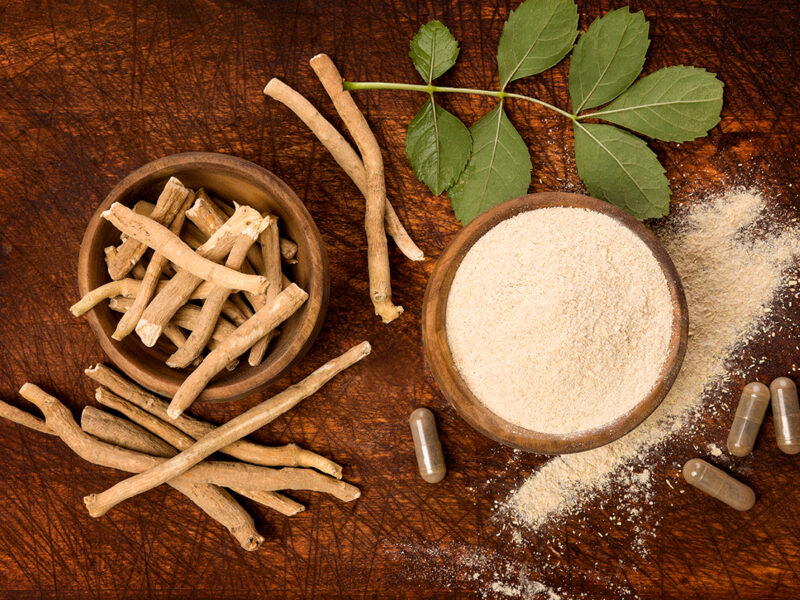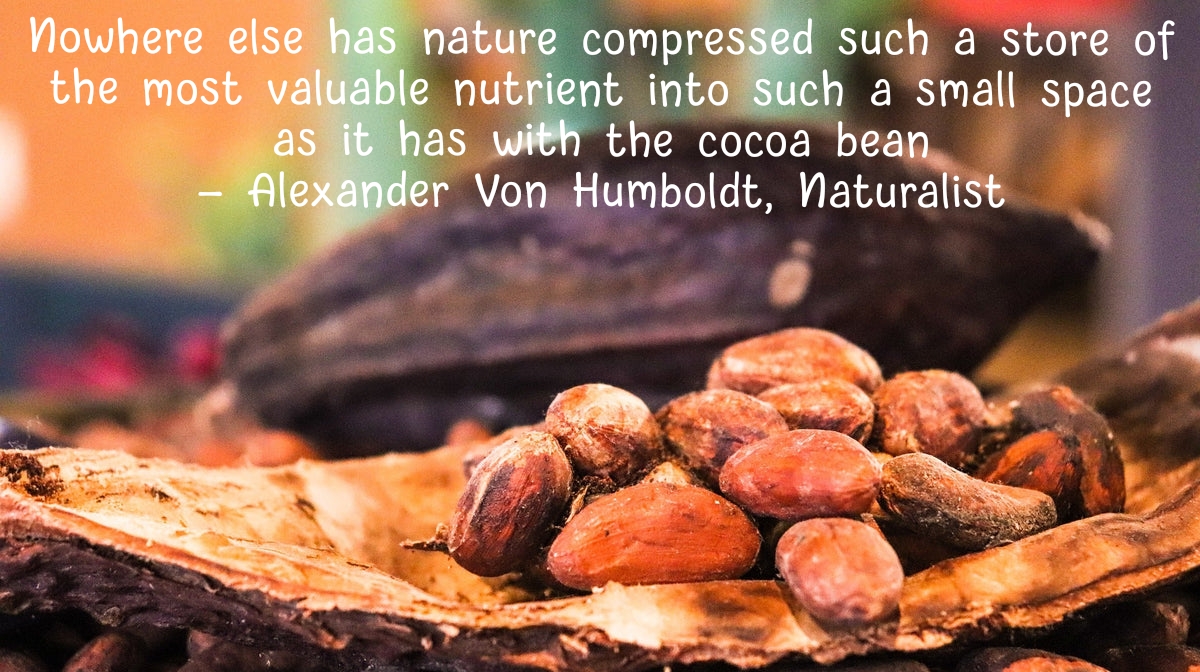
CACAO – ‘FOOD OF THE GODS’
Cacao long been used as a mood enhancer, currency, love drug and indulgent food. Our affinity to cacao and chocolate can be traced back thousands of years to the Olmec people in central America, the first cacao-loving civilisation. The word cacao is thought to come from the Zoque word ‘kawkaw’. The Mayans followed in their appreciation and even used cacao as currency. When the Conquistadors landed in what is now Mexico and encountered Emperor Montezuma from the Aztecs. According to legend, the emperor would consume up to 50 golden goblets of drinking chocolate a day! He claimed it “builds up resistance, fights fatigue” and can “permit a man to walk for a whole day without food.” The Mayans and Aztecs often mixed ground cacao beans with vanilla, cinnamon and chilli to make a bitter and spicy drink. It was used by Montezuma as sustenance for his soldiers and also in wedding ceremonies and religious rituals. There is a long association of cacao with romance and love.
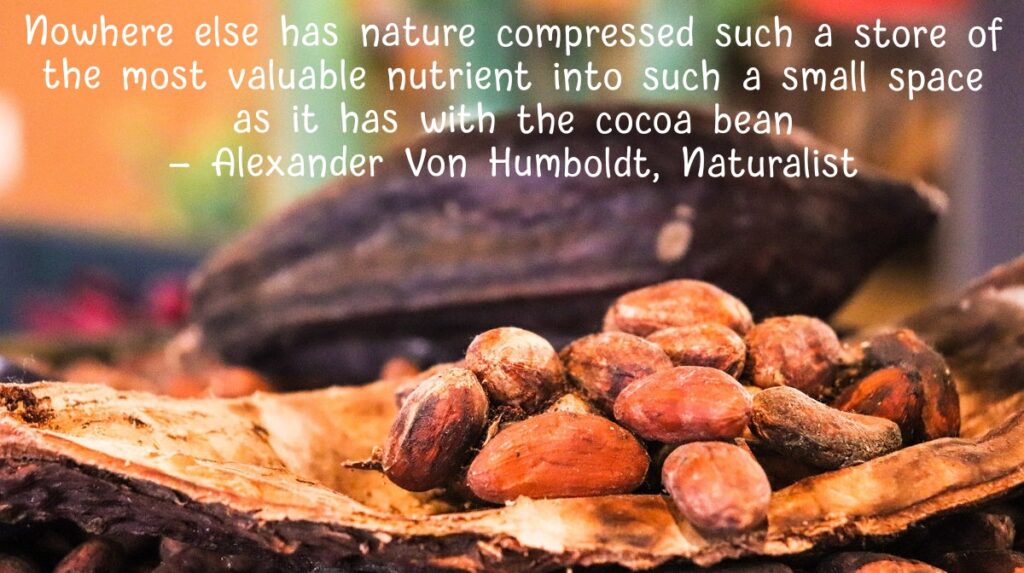
The Spanish brought cacao back to Europe but its bitter taste held no appeal so they added cane sugar to suit their palates. It first became the drink of kings and aristocrats and then was popularized in coffee houses. In the 19th century, technological innovation completely changed chocolate from a drink for the elite to a solid block bar increasingly eaten by the public. It’s thought that Europeans mistakenly spelt the word cacao as cocoa, the latter becoming the becoming the de facto term across the chocolate world. While there is no recognised mark of quality for cacao or cocoa, cacao is recognised as the raw, unprocessed by products of the Theobroma Cacao tree. In Greek, Theobroma means literally ‘food of the gods’ (Theo = god and broma = food) Nowadays the quality of cacao/cocoa varies. The most sought after and rarest variety is the Criollo bean, grown mainly in Peru, Ecuador and Venezuela. These are used in ceremonial cacao. Trinitario is a hybrid of Criollo and Forastero and also a high quality variety, grown in the Caribbean. Cocoa usually refers to cacao beans which have gone through further processing, usually roasting at high temperature, followed by multiple processes to crack, grind and refine the beans to eventually make cocoa mass and solids.
HEALTH BENEFITS
Cacao is an adaptogen, high in flavanols and antioxidants. It is a potent anti-inflammatory which protects our cardiovascular system. It is good for the elasticity of the blood vessels and increases blood flow throughout the body, including the brain. Cacao is the highest wholefood source of Magnesium, an extremely important mineral, responsible for over three hundred critical functions in the body. It supports our heart, relaxes our muscles, regulates blood pressure and stimulates brain function. Magnesium is a primary alkaline mineral for detoxification. Cacao is also an excellent source of non-heme iron which is crucial to red blood cell production to fight anaemia. It also contain potassium, zinc, copper, calcium, selenium, phosphorus and manganese.
Cacao is a healthy source of fat (monounsaturated fat and polyunsaturated fat) that works with diets like paleo and ketogenic (some chocolate contains saturated fat which should be avoided) Many nutrients need fats for the body to absorb them combined with the increased blood flow. Cacao is known as a delivery system for medicinal plants and mushrooms.
MOOD BOOSTER
Yes, cacao makes us happy. Organic, untreated or raw cacao is an unbeatable mood enhancer due to the abundance of phytonutrients. Theobromine exerts a positive influence on mood. It has similarities to caffeine as a stimulant but is milder with a longer lasting, gentler effect. Essentially, it doesn’t give the peak and dip of caffeine. Cacao also contains two important neuro-transmitters for the brain. The first , Anandamide is called the ‘bliss molecule’ for creating a feeling of euphoria (Ananda means bliss in Sanskrit) The second, Phenylethylamine (PEA) is a mood regulator and triggers the release of endorphins and dopamine. PEA is mild mood elevator found in high concentrations in happy people. It’s known as ‘the love chemical’ and tends to increase when we’re in love and decrease when we’re depressed. PEA is destroyed by heat which happens when turning cacao into cocoa and chocolate.
ANTIOXIDANT RICH
Cacao is a powerhouse of antioxidants with 10% of its weight classed as such compounds. Raw cacao power has one of the highest ORAC scores, which is used to measure antioxidant levels in food. It contains flavonoids such as anthocyanidin and procyanidin. They have a central role in preventing free radical damage. Dark chocolate with a minimum 80% solids retains its flavanols, particularly epicatechin, whereas milk chocolate does not. Research
CHOCOLATE
Most chocolate contains high levels of refined sugar and low cocoa content. By law, in the UK and EU, the percentage of actual cocoa solids must be stated in the ingredients of a bar of chocolate. In general, the higher the cocoa solids, the better the quality. Look for organic or raw cacao ingredients where possible using Criollo or Trinitario beans and fair trade marks. Find raw cane sugar or natural alternatives such as steviol/stevia, xylitol, coconut sugar, yacon syrup, maple and agave syrup.
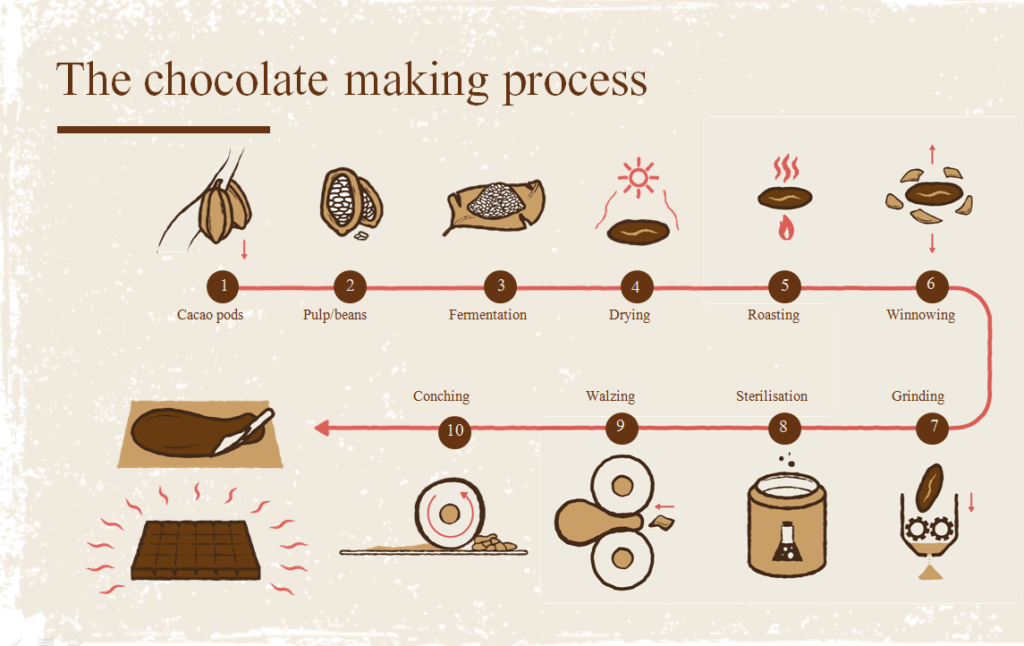
Sources:
HRAF – Human relations area files – Yale education
Sinchi – origins of cocoa
The Chocolate website
Healing Adaptogens – Tero Isokauppila/Daniele Broida

